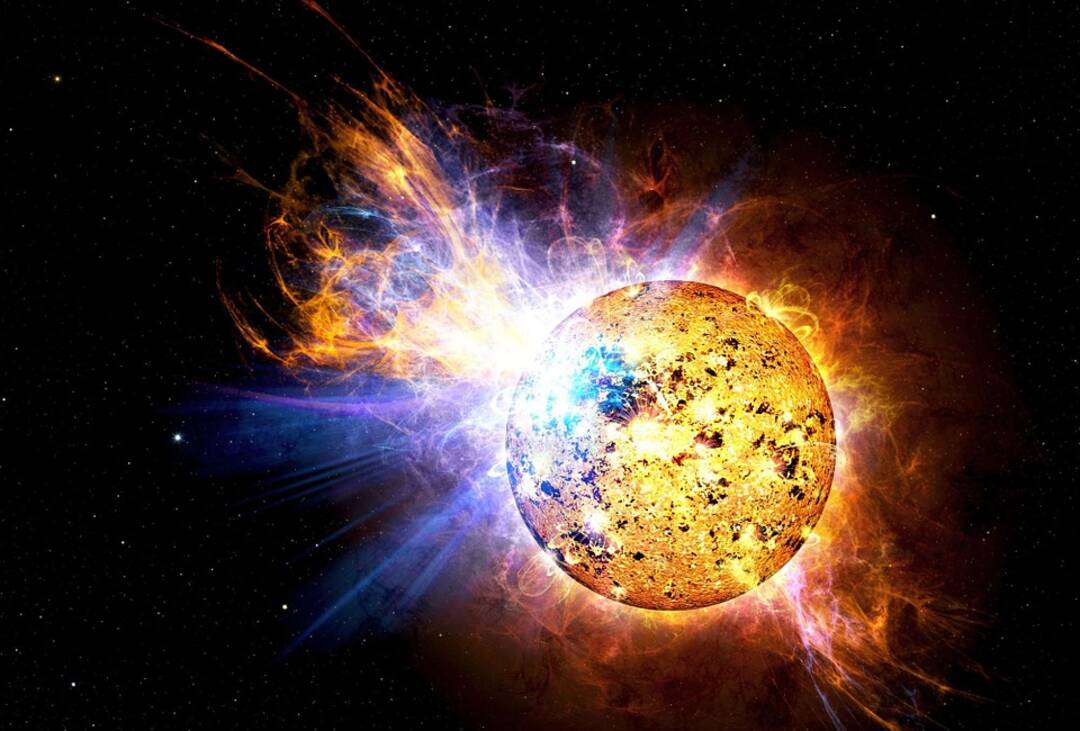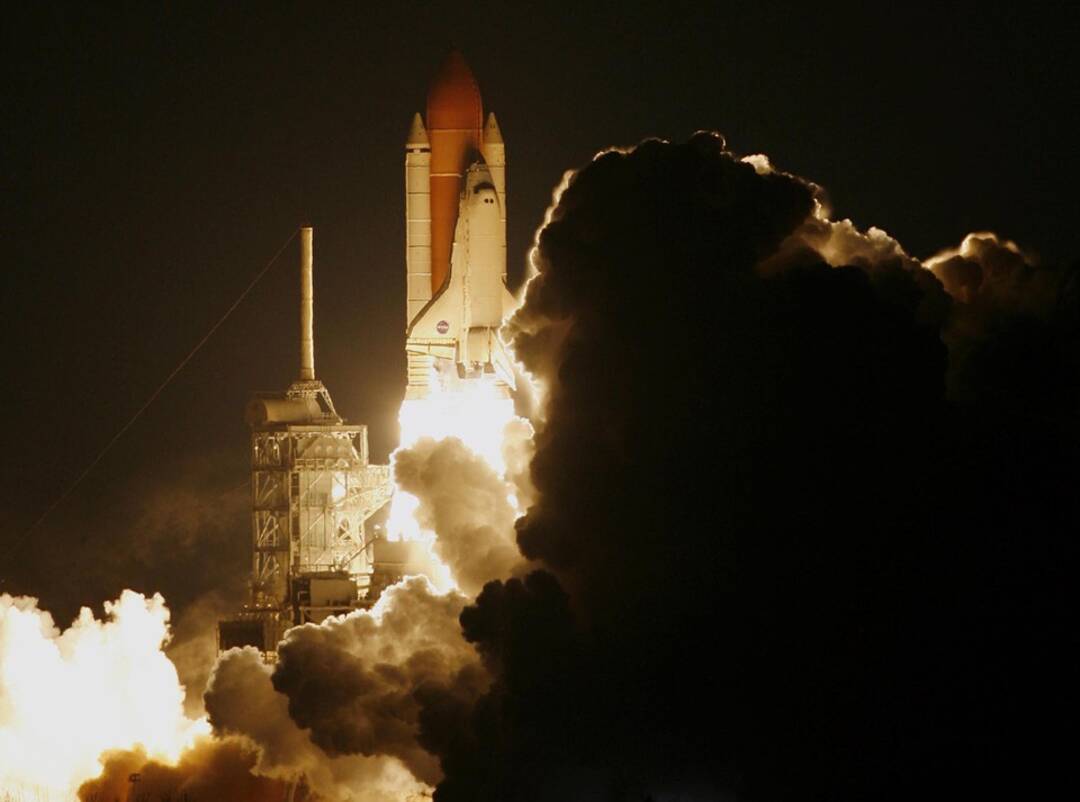-
NASA launches James Webb Space Telescope to probe universe origins

NASA's James Webb Space Telescope was launched from the Guiana Space Center in Kourou, French Guiana, on Saturday, to probe structures and origins of the universe.
Launched onboard Arianespace's Ariane 5 rocket at 07:20 a.m. Eastern Standard Time (1220 GMT), Webb will travel to an orbit about 1.6 million km away from Earth and undergo six months of commissioning in space -- unfolding its mirrors, sunshield, and other smaller systems; cooling down; aligning; and calibrating, according to NASA.
NASA said, Webb is NASA's largest and most powerful space science telescope ever constructed. With a 6.5-meter primary mirror, the large infrared telescope will study every phase of cosmic history -- from within the solar system to the most distant observable galaxies in the early universe.

According to NASA, Webb will directly observe a part of space and time never seen before. It will gaze into the epoch when the very first stars and galaxies formed over 13.5 billion years ago.
Nasa announces two new missions to Venus
NASA’s Mars helicopter Ingenuity ready for new operational test phase
NASA chooses SpaceX to take humans back to moon
NASA said, the space telescope will also be a powerful tool for studying the nearby universe. Scientists will use Webb to study planets and other bodies in the solar system to determine their origin and evolution and compare them with exoplanets, planets that orbit other stars.
Webb is an international program led by NASA with the European Space Agency and the Canadian Space Agency.
Source: xinhua
You May Also Like
Popular Posts
Caricature
BENEFIT Sponsors BuildHer...
- April 23, 2025
BENEFIT, the Kingdom’s innovator and leading company in Fintech and electronic financial transactions service, has sponsored the BuildHer CityHack 2025 Hackathon, a two-day event spearheaded by the College of Engineering and Technology at the Royal University for Women (RUW).
Aimed at secondary school students, the event brought together a distinguished group of academic professionals and technology experts to mentor and inspire young participants.
More than 100 high school students from across the Kingdom of Bahrain took part in the hackathon, which featured an intensive programme of training workshops and hands-on sessions. These activities were tailored to enhance participants’ critical thinking, collaborative problem-solving, and team-building capabilities, while also encouraging the development of practical and sustainable solutions to contemporary challenges using modern technological tools.
BENEFIT’s Chief Executive Mr. Abdulwahed AlJanahi, commented: “Our support for this educational hackathon reflects our long-term strategic vision to nurture the talents of emerging national youth and empower the next generation of accomplished female leaders in technology. By fostering creativity and innovation, we aim to contribute meaningfully to Bahrain’s comprehensive development goals and align with the aspirations outlined in the Kingdom’s Vision 2030—an ambition in which BENEFIT plays a central role.”
Professor Riyadh Yousif Hamzah, President of the Royal University for Women, commented: “This initiative reflects our commitment to advancing women in STEM fields. We're cultivating a generation of creative, solution-driven female leaders who will drive national development. Our partnership with BENEFIT exemplifies the powerful synergy between academia and private sector in supporting educational innovation.”
Hanan Abdulla Hasan, Senior Manager, PR & Communication at BENEFIT, said: “We are honoured to collaborate with RUW in supporting this remarkable technology-focused event. It highlights our commitment to social responsibility, and our ongoing efforts to enhance the digital and innovation capabilities of young Bahraini women and foster their ability to harness technological tools in the service of a smarter, more sustainable future.”
For his part, Dr. Humam ElAgha, Acting Dean of the College of Engineering and Technology at the University, said: “BuildHer CityHack 2025 embodies our hands-on approach to education. By tackling real-world problems through creative thinking and sustainable solutions, we're preparing women to thrive in the knowledge economy – a cornerstone of the University's vision.”
opinion
Report
ads
Newsletter
Subscribe to our mailing list to get the new updates!






















